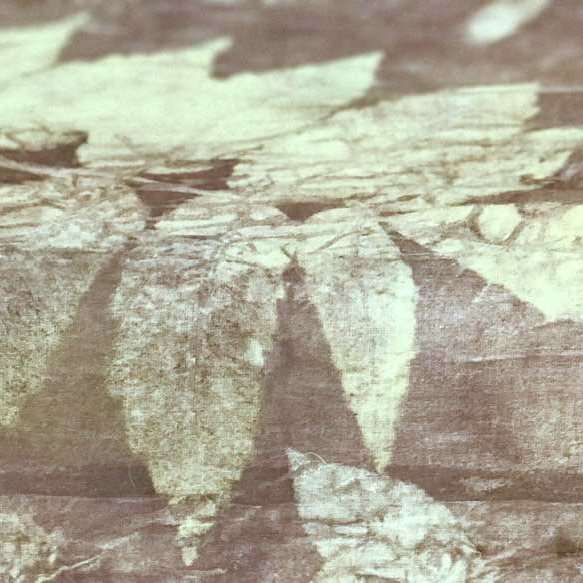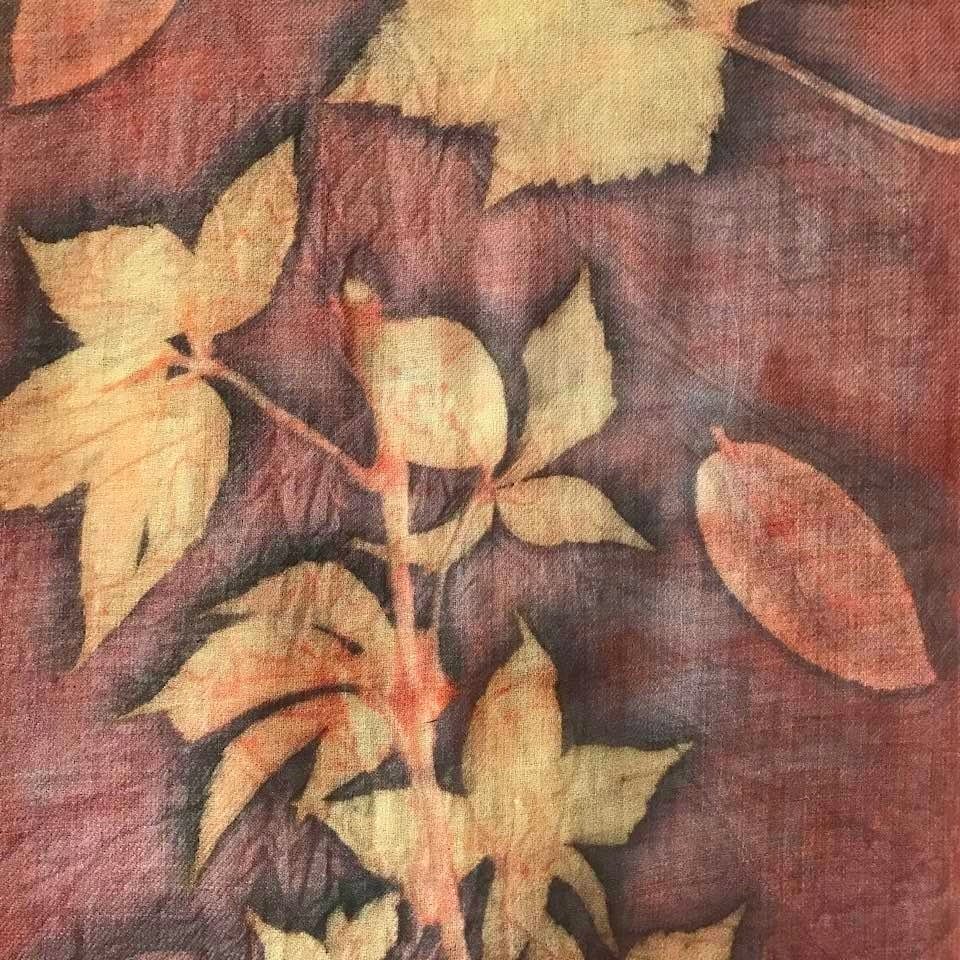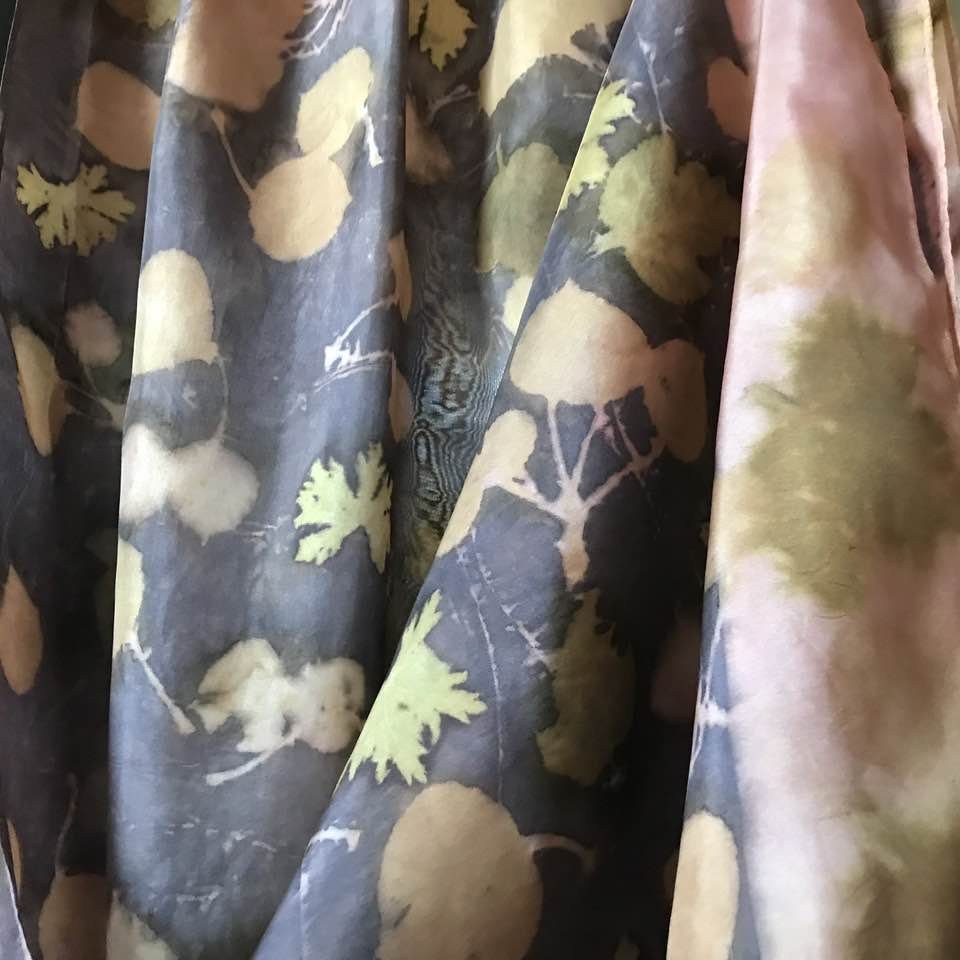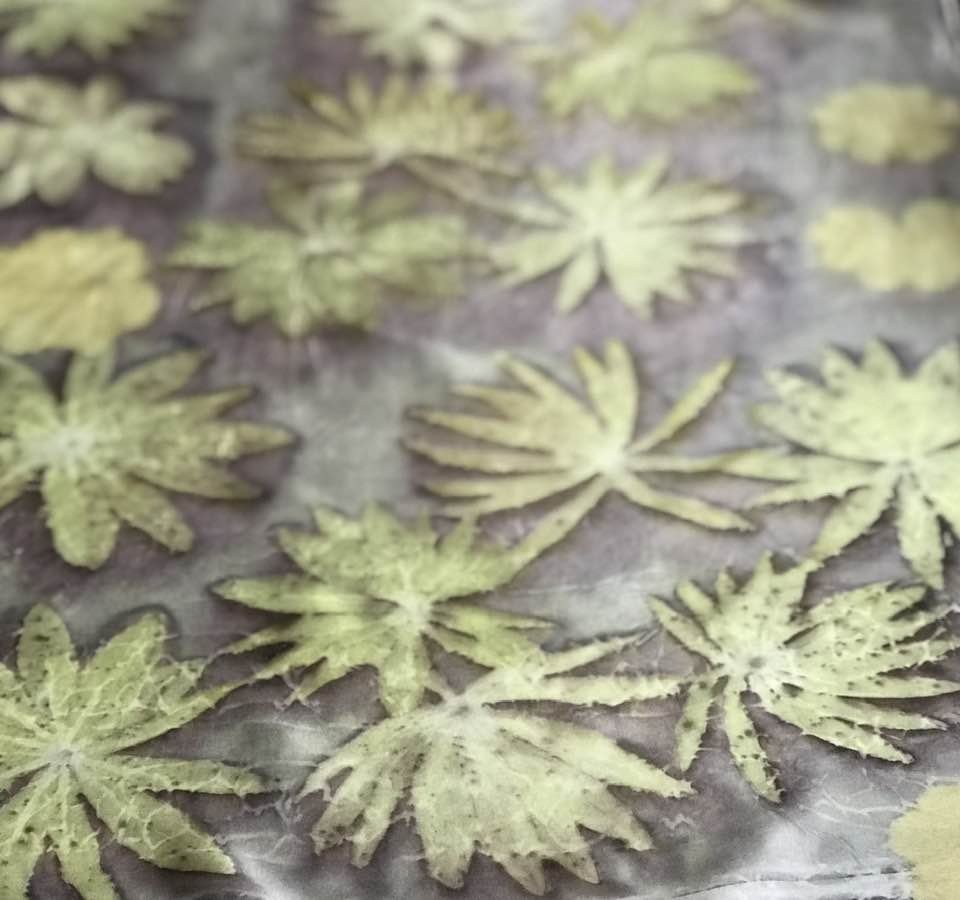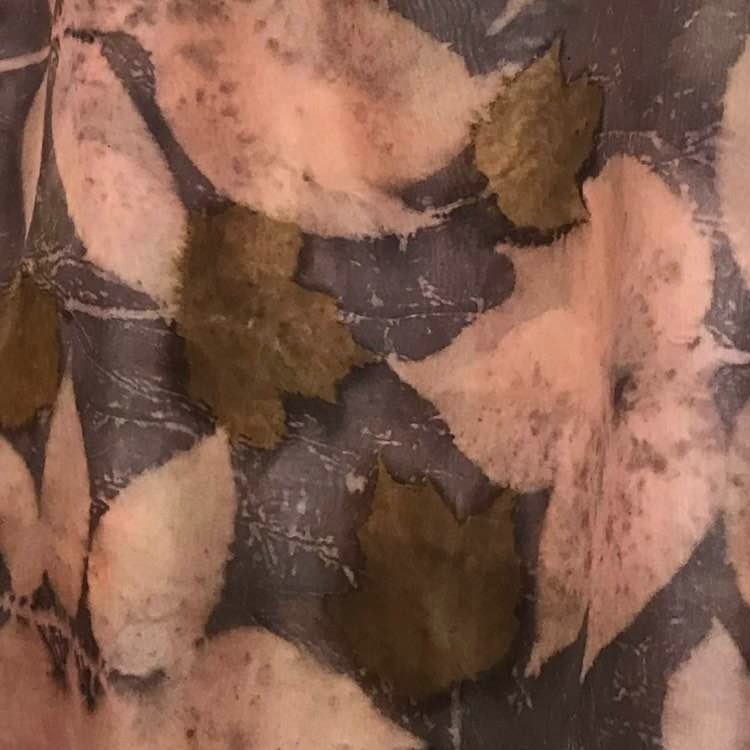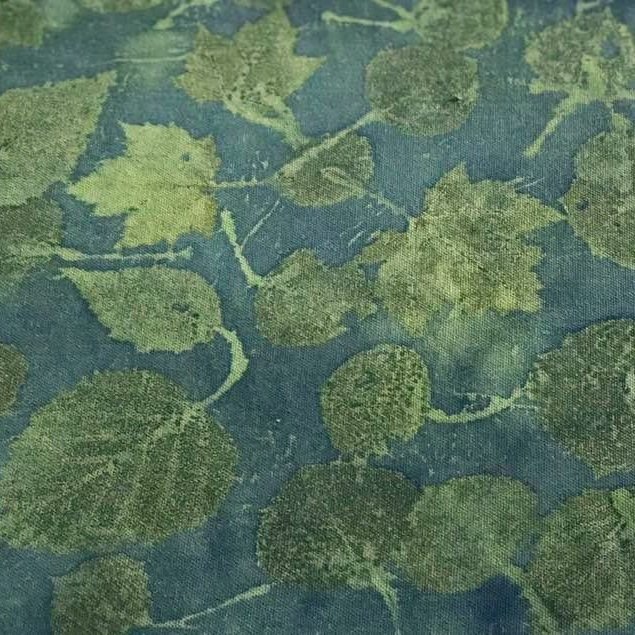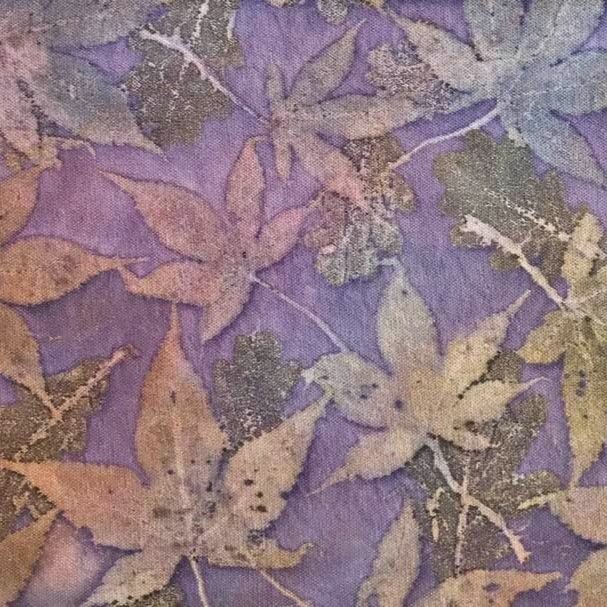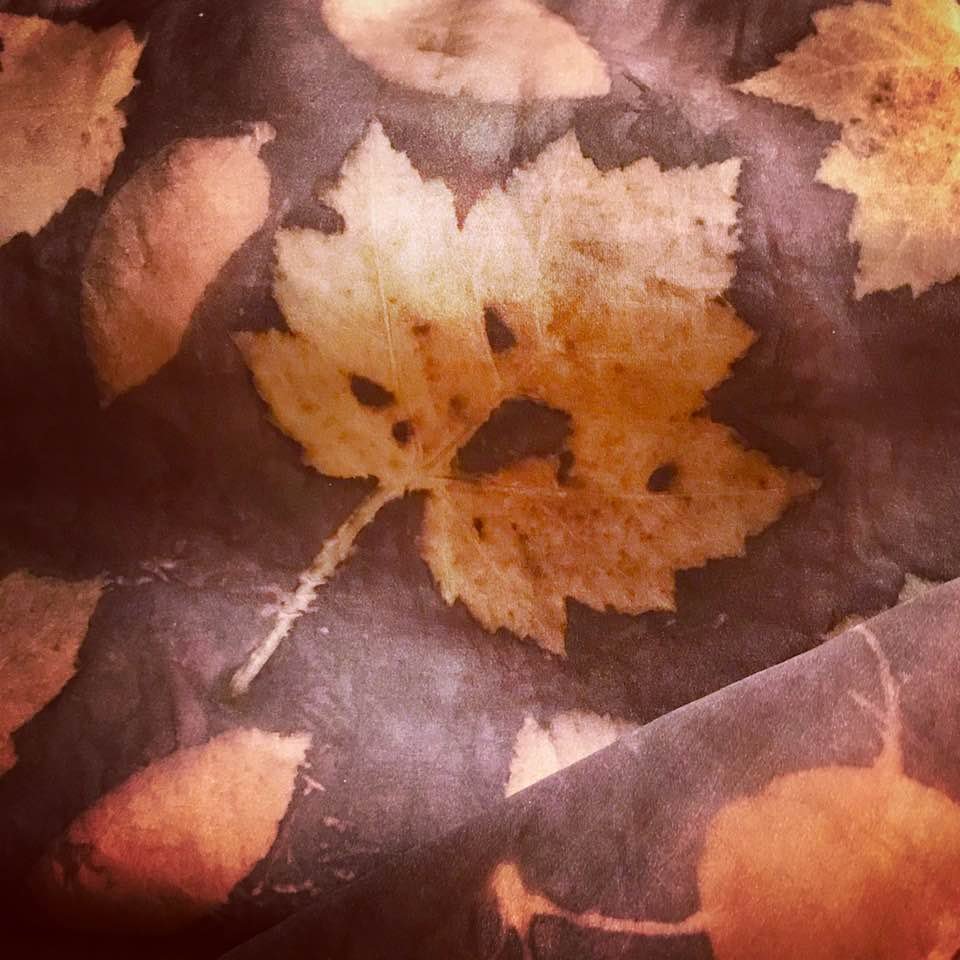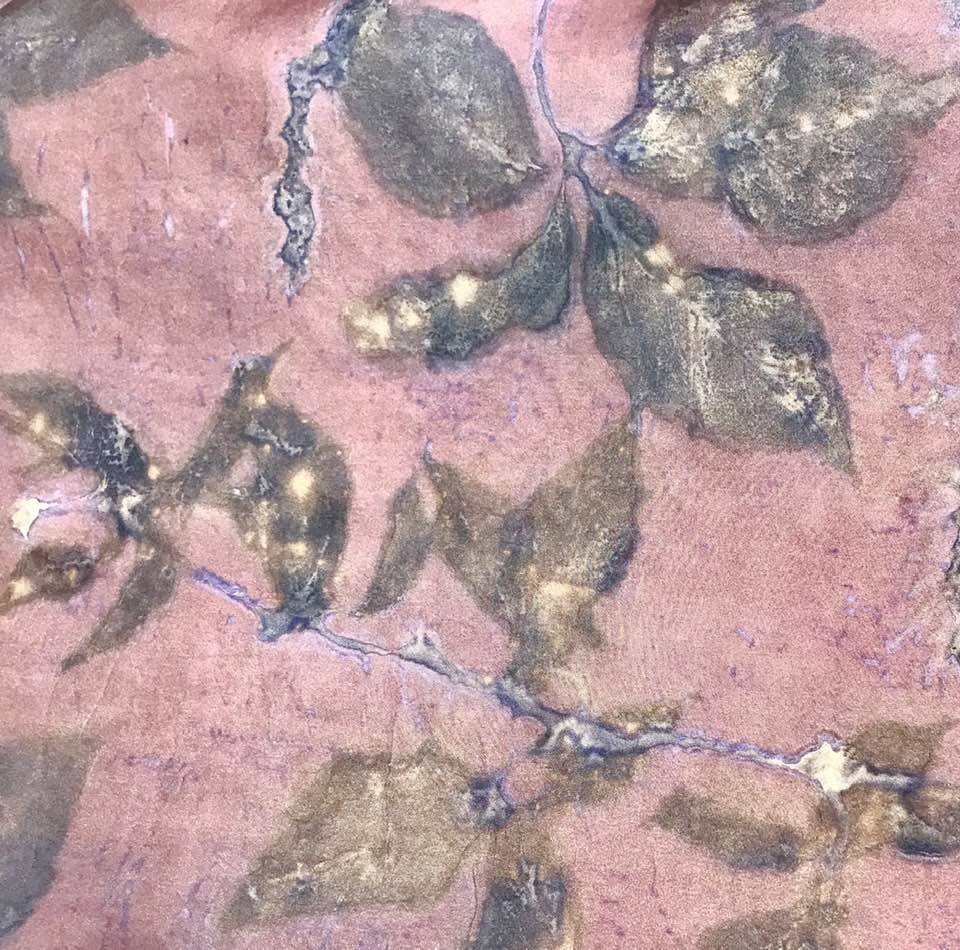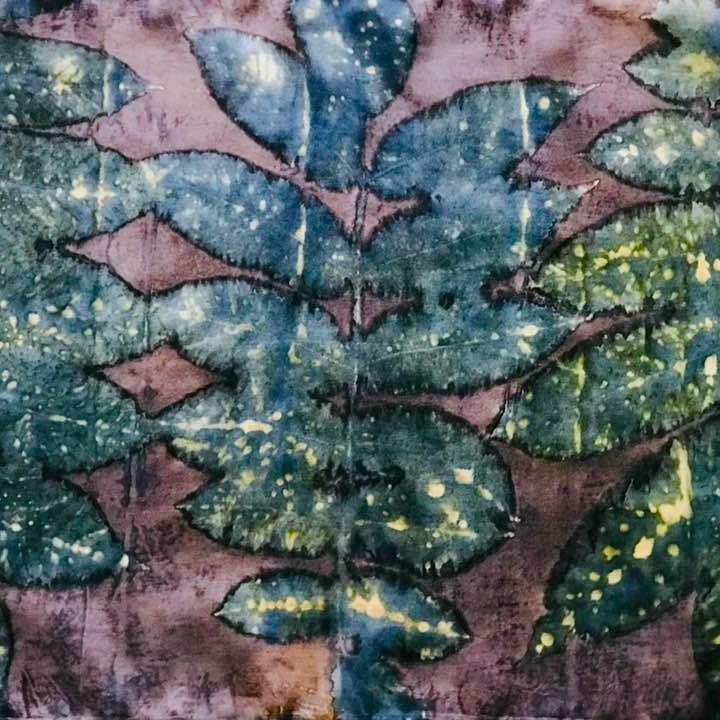The So Called 'Dirty Pot'
There seems to be a lot of misunderstanding about how the so-called ‘dirty pot’ method works. The dirty pot approach is most often used with bundle dyeing or botanical printing/eco-printing, but sometimes also just as a regular dye bath.
In the Natural Dye Education group I run on FaceBook, I see all sorts of misunderstandings expressed, such as the notion that water alone can convert iron or other metals into a form that can mordant our fibres (it can’t), or that because rusty bits of metal are used in the pot, that somehow the dyer isn’t working with any chemicals (they are). One thing that concerns me is that I have yet to see a single teacher or practitioner of this method express any awareness of the safe disposal considerations of the dirty pot bath, which I think is also a reflection of a lack of the basic understanding that by combining certain ingredients, they have created an actual metal salt mordant in their dirty pot liquid.
So, I thought that some simple graphics might help, and shared these in my Facebook group, and here.
Key principles…
You are very much working with a metal salt mordant when you use the dirty pot method, but you are making it yourself, rather than using a purchased, purified, measurable, powdered metal salt mordant. It doesn't stop being a metal salt mordant just because you make it yourself. It's still a chemical compound.
Your dirty pot will be just as, if not more heavily concentrated with, a metal salt than if you’d used a purchased powdered mordant (because you can actually accurately measure the latter). This means that you still have to think about responsible disposal of the bath, now heavily laced with ferrous acetate.
For further reading about the Reactivity Series of Metals, Wikipedia has a decent entry.
The dirty pot method also often involves adding a lot of tannin-rich plant material in the pot (separate from any plant material inside your bundle).
The tannins in the plant material react with the iron in your pot to create ferrous tannate which, being water soluble, is taken up by your bundle.
As soon as you remove your bundle from the pot, it reacts with oxygen in the air (and in your rinse water), converting the ferrous tannate to ferric tannate, which is no longer water soluble, so won’t wash out, and which gives strong outlines to your prints. This oxidation of ferrous tannate to ferric tannate is the basis of all historic deep black iron gall inks.
This reaction also applies to non-dirty pot bundle dyeing where iron and tannin are present (the former often in the primary cloth which may have been treated with an iron mordant, and the latter often just in the plant material placed on the primary cloth - though there are many different combination/permutations/sequences possible with this method).
Some bundle dyers have observed the effect of using the above approaches, but without understanding why they have the effect they do, so I hope this elucidates at least this small part of the immutable laws of the universe, in this case of how certain chemical compounds behave and interact with one another.
For those enrolled in my new online Beginners Club, we'll be covering all of this in more detail.
I hope this helps.
